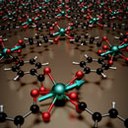
The magnetism of lanthanide-directed nanoarchitectures on surfaces can be drastically affected by small structural changes. The study carried out in a collaboration between researchers from IMDEA Nanociencia and BOREAS beamline at ALBA reports the effect of the coordination environment in the reorientation of the magnetic easy axis of dysprosium-directed metal-organic networks on Cu(111). The authors show that the magnetic anisotropy of lanthanide elements on surfaces can be tailored by specific coordinative metal-organic protocols.
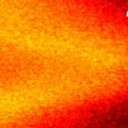
The first ARPES measurement is a fundamental step in the commissioning of the LOREA beamline. The chosen sample was bismuth-telluride, a thermoelectric material capable of converting electricity into temperature difference and vice-versa. LOREA, co-funded with ERDF funds, is expected to be receiving the first users by October 2021.
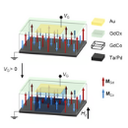
Manipulating magnetism by electrical means is central to spin-based data storage and manipulation. Achieving voltage driven 180° magnetic switching is desirable for spintronic device applications because of the potential low power consumption. A study lead by researchers from Massachusetts Institute of Technology (US) with collaborators from University of Minnesota (US), Chemnitz University of Technology (DE), Korea Institute of Science and Technology (KR) and the ALBA Synchrotron demonstrates 180° magnetization reversal in the absence of external magnetic fields by voltage induced hydrogen loading into ferrimagnets in an all-solid-state structure. The reversal is realized by changing the relative magnitude of sublattice magnetizations through hydrogen loading into a rare earth–transition metal ferrimagnet, which was revealed using XMCD measurements at the BL29 beamline in the ALBA Synchrotron. The results have been published in Nature Nanotechnology.
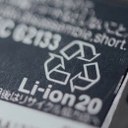
A new work published in Nature Materials demonstrates that a novel class of materials, namely transition metal halides, can be now employed as Li-ion batteries electrodes by using superconcentrated electrolytes instead of regular diluted electrolytes in which they dissolve. The study is led by the Collège de France and has used the MSPD beamline of ALBA to monitor the evolution of the metal halides structures upon cycling in a battery, which was crucial for the study.
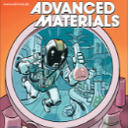
A team of researchers demonstrated that 2D porous crystalline molecular frameworks can be grown with excellent control over their morphology and homogeneity by using a custom-made microfluidic device. This approach recreates on Earth the microgravity environment of laboratories on the International Space Stations. Measurements at the NCD-SWEET beamline at the ALBA Synchrotron allowed studying crystallinity, structure and orientation of the created 2D material.






